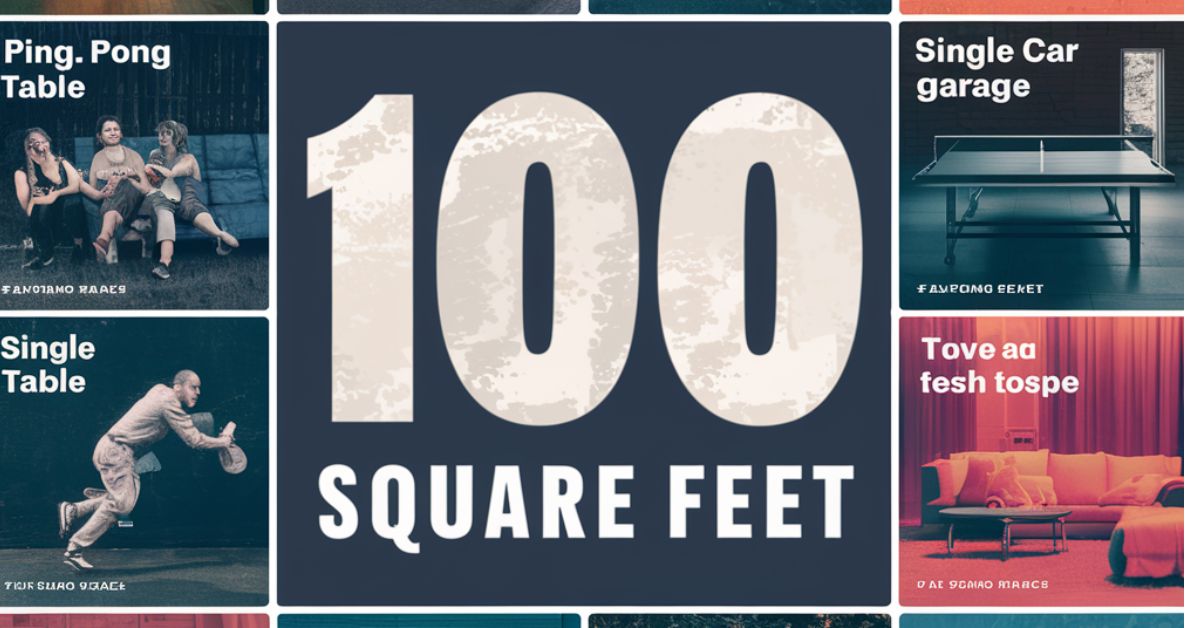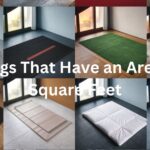When discussing living spaces, construction projects, or real estate, understanding the concept of square footage is crucial. One common measurement that often comes up is 100 square feet.
But what does this actually look like in real-world terms? To help you visualize this area, we’ve compiled a list of 11 common comparisons that will give you a better sense of just how big 100 square feet really is.
How Big is 100 Square Feet?
Before we dive into our comparisons, let’s establish a clear understanding of what 100 square feet means. In simple terms, 100 square feet is an area that measures 10 feet by 10 feet.
This can be visualized as a perfect square, but it’s important to note that the shape can vary as long as the total area remains the same. For example, a space that’s 5 feet wide and 20 feet long would also equal 100 square feet.
Now that we have a basic understanding, let’s explore some tangible comparisons that will help you better grasp the size of 100 square feet.
READ THIS BLOG : A Simple Guide to Understanding the Metric And Imperial Systems
1. Flower Garden
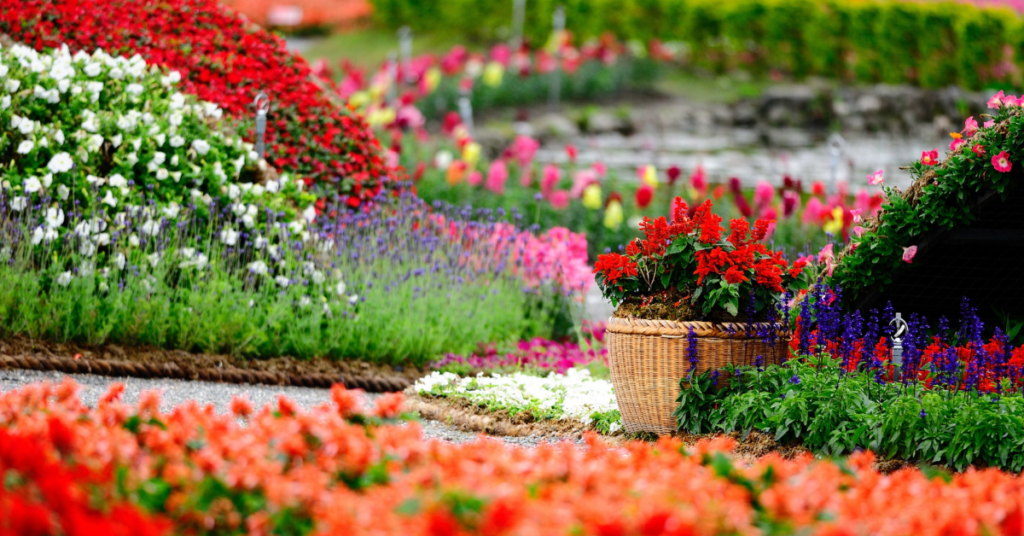
Imagine a vibrant flower garden bursting with colorful blooms and fragrant aromas. A 100 square foot garden is an ideal size for a small to medium-sized flower bed. This space would allow you to plant a variety of flowers, creating a stunning visual display without overwhelming your outdoor area.
In a garden of this size, you could comfortably fit several rows of different flower species. You might include tall sunflowers at the back, medium-height marigolds in the middle, and low-growing petunias at the front. This arrangement would create a beautiful tiered effect, maximizing the use of space and providing a feast for the eyes.
A 100 square foot flower garden is also manageable for most homeowners. It’s large enough to make a significant impact on your landscaping but small enough to maintain without requiring excessive time or resources. This size allows for creativity and experimentation with different plant combinations while remaining a practical option for both novice and experienced gardeners.
2. Sliding Gate
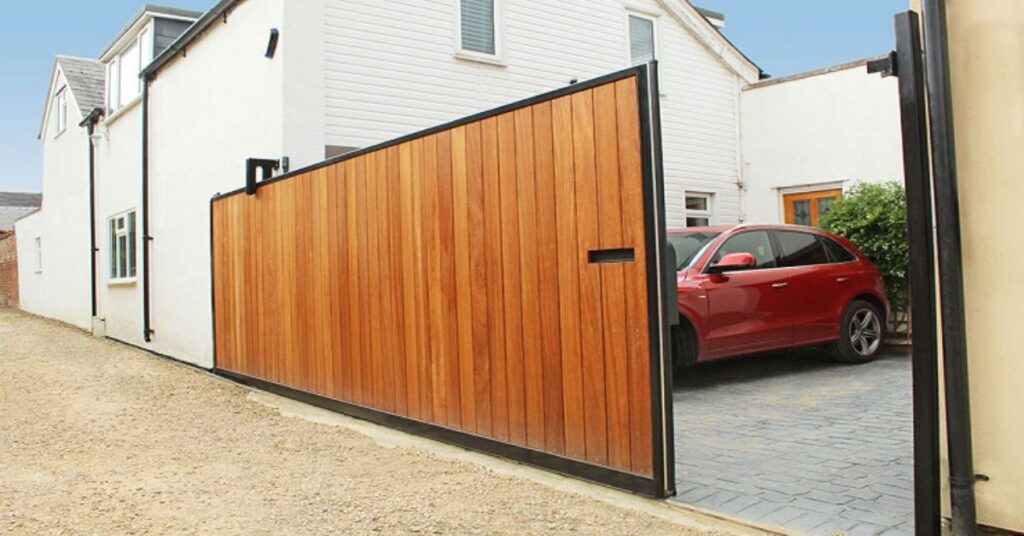
When it comes to home security and aesthetics, a sliding gate can be an excellent addition to your property. A 100 square foot sliding gate would be substantial enough to secure a wide driveway or entrance to a large property.
To put this into perspective, a sliding gate of this size could be 10 feet tall and 10 feet wide, creating an imposing and secure barrier. This dimension would be suitable for many residential properties, providing ample width for vehicles to pass through comfortably.
The height of such a gate would offer privacy and security, effectively blocking the view into your property from the street. It would also serve as a deterrent to potential intruders. A gate of this size could be constructed from various materials, including wood, metal, or a combination of both, allowing for customization to match your home’s architectural style.
3. One Twenty-eighth the Area of the Tennis Court

For sports enthusiasts, comparing 100 square feet to a tennis court can provide an interesting perspective. A standard tennis court measures approximately 2,808 square feet. This means that 100 square feet is roughly one twenty-eighth the size of a full tennis court.
To visualize this, imagine dividing a tennis court into a grid of 28 equal sections. One of these sections would be equivalent to 100 square feet. This comparison highlights just how expansive a tennis court is and puts the 100 square foot measurement into a sporting context.
While 100 square feet might seem small in comparison to a full tennis court, it’s worth noting that this area would still be large enough for activities like practicing serves or working on footwork drills. It’s a reminder that even seemingly small spaces can be utilized effectively for sports training and practice.
4. A Small Bedroom

In residential architecture, 100 square feet is often associated with the size of a small bedroom. While it may not be the most spacious sleeping quarters, a 100 square foot bedroom can still be functional and comfortable when designed thoughtfully.
In a bedroom of this size, you could comfortably fit a twin or full-sized bed, a small dresser, and perhaps a compact desk or reading nook. The key to making a 100 square foot bedroom feel spacious is efficient use of space and smart storage solutions.
Utilizing vertical space with tall bookcases or built-in shelving can help maximize storage without taking up valuable floor space. Choosing furniture with dual purposes, such as a bed with built-in drawers, can also help make the most of the available area. While it may require some creativity, a 100 square foot bedroom can serve as a cozy and inviting retreat.
5. Canopy Tent
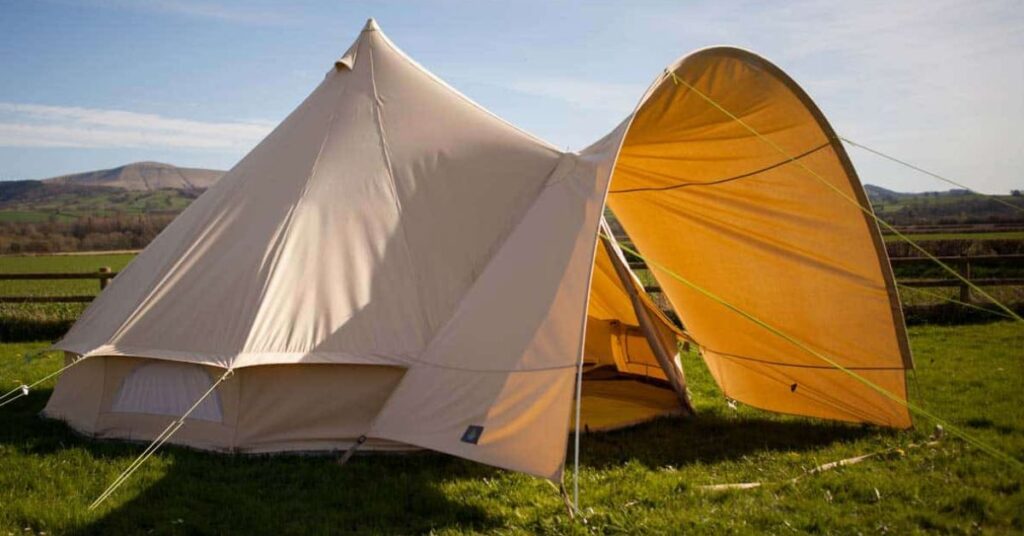
Outdoor events often make use of canopy tents, and a 100 square foot tent is a popular size for various occasions. This size tent, typically measuring 10 feet by 10 feet, is versatile enough to accommodate a range of activities and gatherings.
A 100 square foot canopy tent could comfortably shelter a small group of people at a backyard barbecue or provide shade for a vendor’s booth at a farmer’s market. It’s large enough to house a buffet table for outdoor catering or to create a cozy seating area for a garden party.
This size tent is also manageable for setup and transportation, making it a popular choice for both personal and commercial use. Its portability and functionality make it a valuable asset for outdoor events, providing shelter from sun or light rain while maintaining an open-air feel.
6. Three-fifths the Size of a Parking Space
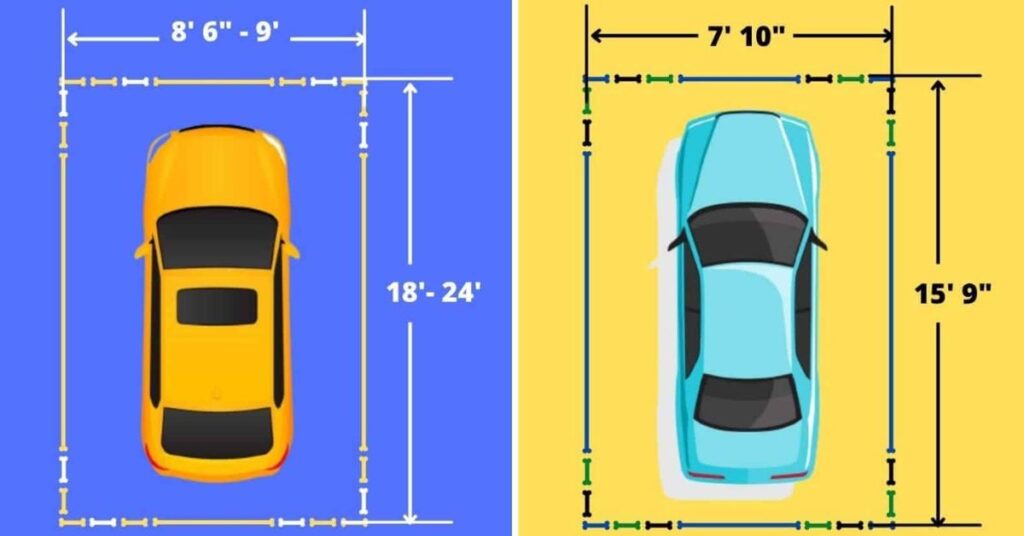
Parking spaces are a common feature in urban environments, and comparing 100 square feet to a standard parking space can provide a relatable reference point. A typical parking space measures about 180 square feet (9 feet wide by 20 feet long). This means that 100 square feet is approximately three-fifths the size of a standard parking space.
To visualize this, imagine a parking space with more than half of its length occupied. While 100 square feet might not be enough to park a full-sized car, it could potentially accommodate a compact car or motorcycle with some space to spare.
This comparison underscores how efficiently modern vehicles are designed to fit into relatively small spaces. It also highlights the importance of proper urban planning and the need to balance vehicle accommodation with other uses of space in densely populated areas.
7. Three Plywood Sheets
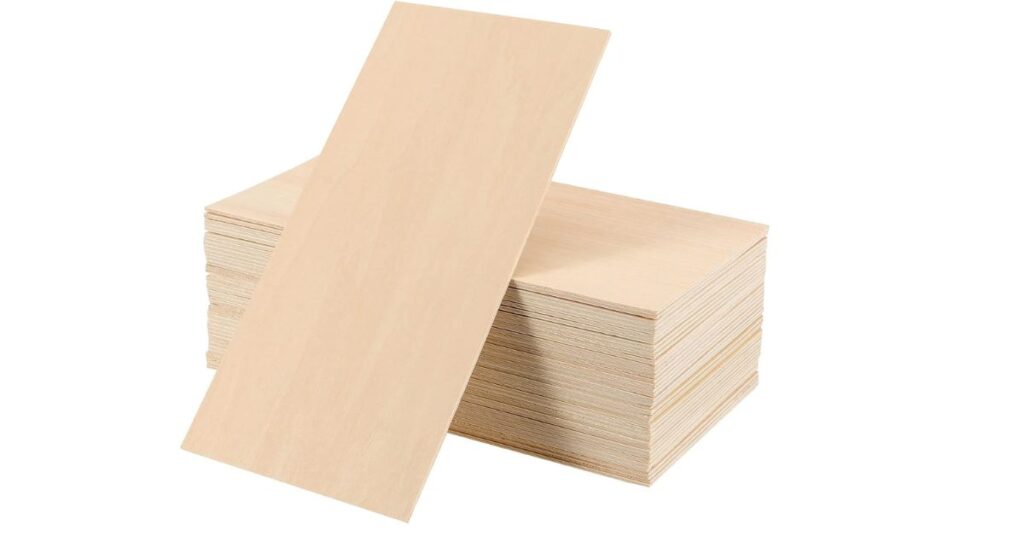
In the world of construction and DIY projects, plywood sheets are a common building material. A standard sheet of plywood measures 4 feet by 8 feet, covering an area of 32 square feet. Therefore, 100 square feet is equivalent to the area of slightly more than three standard plywood sheets.
This comparison can be particularly useful for those planning construction or renovation projects. If you’re looking to cover a floor or build a structure with an area of 100 square feet, you’d need to purchase at least four sheets of plywood to ensure full coverage, accounting for any necessary cuts or overlaps.
Understanding this relationship between plywood sheets and square footage can help in estimating materials and costs for various projects, from building a small shed to creating a dance floor for an outdoor event.
8. A Kitchen
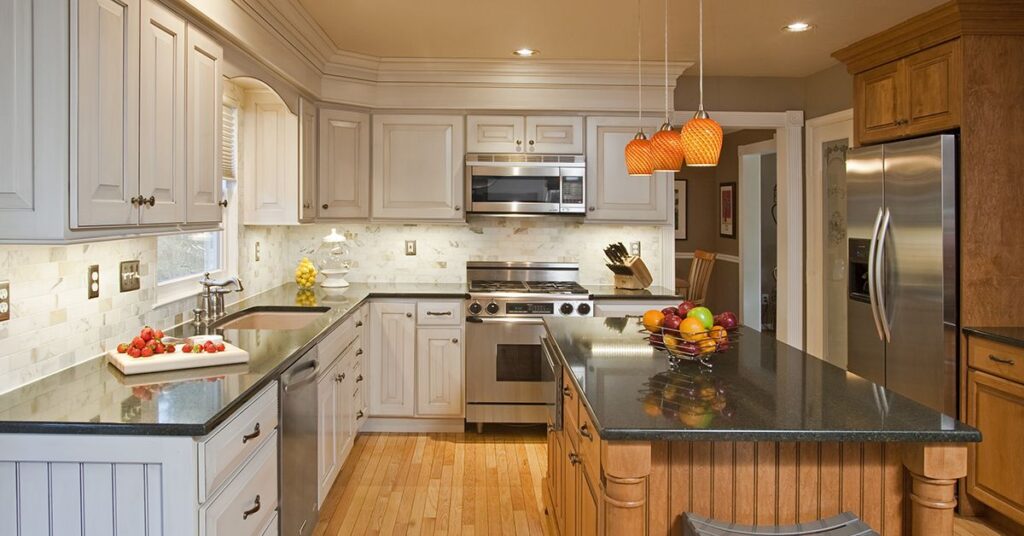
In many homes, especially in apartments or smaller houses, the kitchen often occupies about 100 square feet. This size allows for a functional and efficient cooking space without taking up too much of the overall living area.
A 100 square foot kitchen could comfortably accommodate essential appliances such as a refrigerator, stove, and dishwasher, along with counter space for food preparation and storage cabinets. The layout might follow a galley style, with appliances and counters lining two parallel walls, or it could be arranged in an L-shape to maximize corner space.
While it may not be a sprawling chef’s kitchen, 100 square feet is enough to create a practical and welcoming cooking area. With clever design choices, such as utilizing vertical space for storage and opting for compact appliances, even a kitchen of this size can meet the needs of most households.
9. Toughened Glass
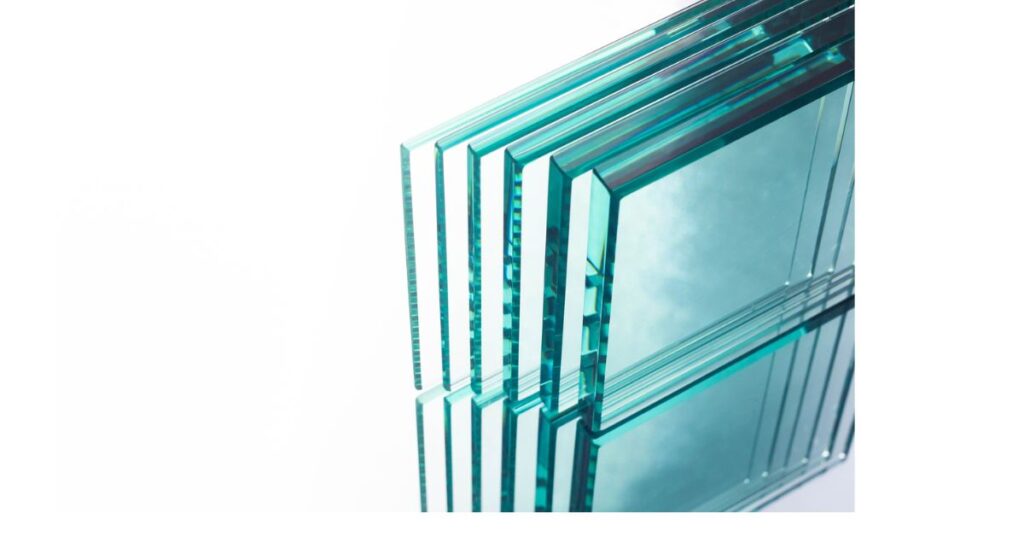
In the construction and design industries, toughened glass is often used for its strength and safety features. A single pane of toughened glass measuring 100 square feet would be an impressively large piece of glass.
To put this into perspective, imagine a glass wall or window that’s 10 feet high and 10 feet wide. This would create a dramatic architectural feature, allowing for expansive views and flooding an interior space with natural light. Such a large expanse of glass could be used in modern homes to create a seamless transition between indoor and outdoor spaces.
However, it’s worth noting that handling and installing a single piece of glass this size would be a significant undertaking, requiring specialized equipment and expertise. In practice, a 100 square foot glass area would more likely be achieved using multiple smaller panes rather than a single large one.
ALSO READ THIS : How far is 5 km? 9 common comparisons
10. Two Cowhides
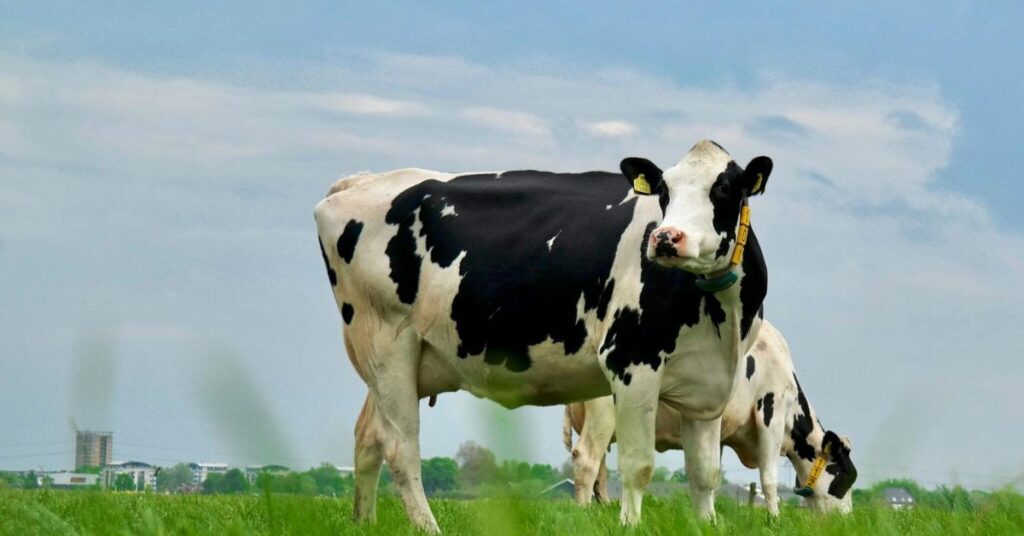
For those interested in interior design or fashion, cowhides can provide an interesting point of comparison. An average cowhide typically covers an area of about 50 square feet, though this can vary depending on the size of the animal. This means that 100 square feet is roughly equivalent to the area of two average-sized cowhides.
Cowhide rugs are popular in interior design for their unique patterns and durability. Visualizing two cowhides side by side can give you a good sense of how much floor space 100 square feet would cover. This could be enough to create a striking focal point in a living room or to add texture and warmth to a bedroom floor.
In fashion and accessories, this comparison also highlights the significant amount of leather that can be produced from two cowhides. This could translate into multiple garments or accessories, underscoring the efficiency and versatility of leather as a material.
11. Eight Pallets

In the world of shipping and logistics, pallets are a standard unit of measurement. A typical pallet measures 40 inches by 48 inches, or about 13.3 square feet. This means that 100 square feet is equivalent to the area of approximately eight standard pallets.
This comparison can be particularly useful for those involved in warehousing or event planning. Imagining eight pallets laid out side by side provides a tangible representation of 100 square feet of floor space. This could help in planning the layout of a storage area or estimating how much space would be needed for a temporary stage or platform.
Understanding this relationship can also be helpful in logistics planning. If you know that a truck or storage unit can hold a certain number of pallets, you can quickly estimate the total square footage of space available for storage or transportation.
Frequently Asked Questions
How many people can comfortably fit in a 100 square foot space?
Depending on the activity, 8-10 people can comfortably stand or 4-5 people can sit in a 100 square foot space.
Is 100 square feet considered a large or small room?
100 square feet is generally considered a small room, suitable for a modest bedroom or home office.
How many square meters is 100 square feet?
100 square feet is approximately 9.29 square meters.
Can you park a car in 100 square feet?
No, 100 square feet is not enough to park a standard car, which typically requires about 180 square feet.
How much would it cost to build a 100 square foot structure?
Costs vary widely depending on location and materials, but a basic 100 square foot structure could cost anywhere from $5,000 to $15,000 or more.
Final Thoughts
Whether you’re considering the size of a new garden, planning a home renovation, or simply trying to understand spatial relationships, these comparisons provide valuable context. They demonstrate that while 100 square feet might seem small in some contexts, it can be quite substantial in others.
As you encounter references to square footage in your daily life, keep these comparisons in mind. They’ll help you visualize spaces more accurately and make more informed decisions about how to use the areas available to you. Whether you’re gardening, remodeling, or simply rearranging furniture, a clear understanding of spatial measurements like 100 square feet can be an invaluable tool.

Anthony is a seasoned SEO expert with a passion for content writing, keyword research, and web development. He combines technical expertise with creative strategies to deliver exceptional digital solutions.
